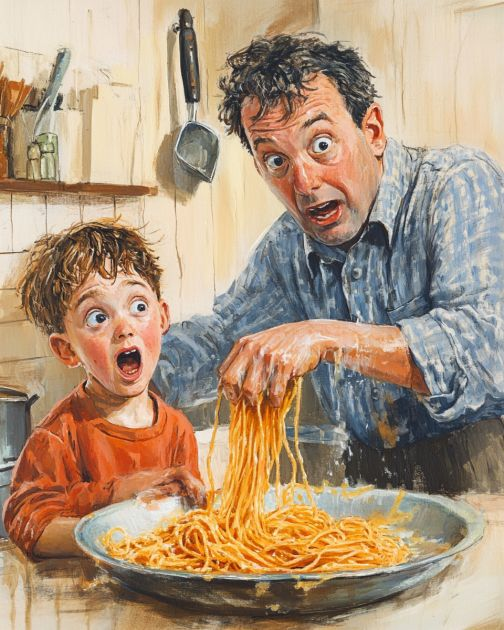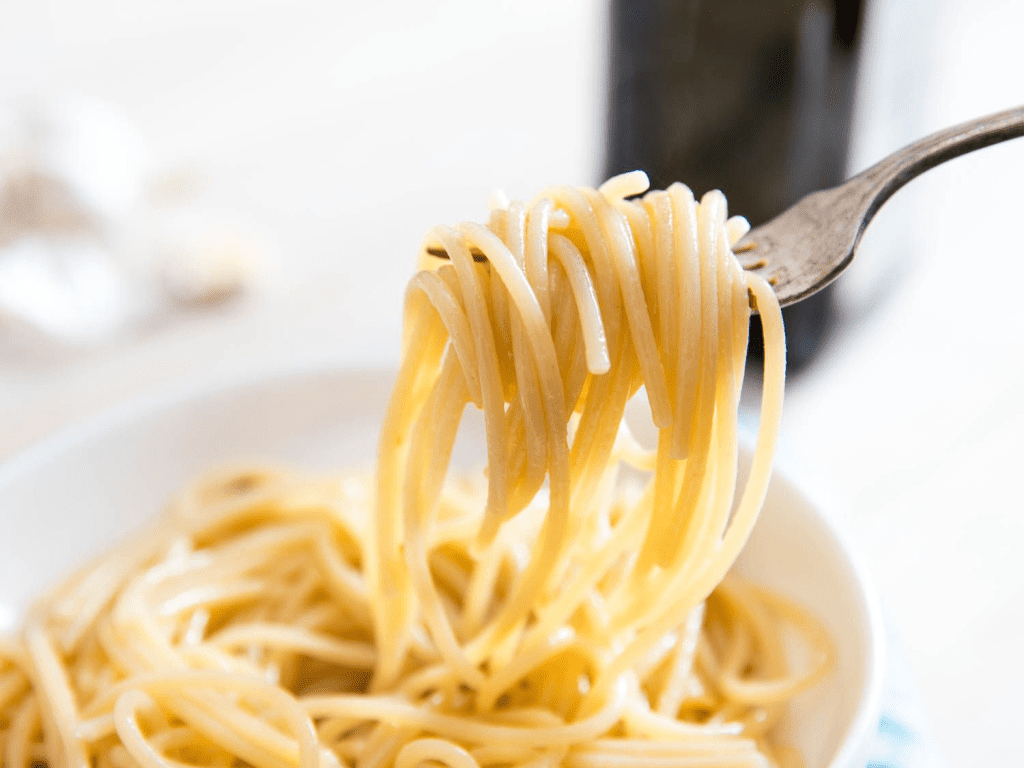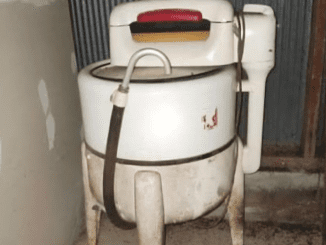Cooking spaghetti is often an art, steeped in tradition and time-tested techniques. So, you can imagine my surprise when, while making spaghetti with my uncle, I saw him rinse the pasta under cold water after draining it. Rinsing pasta this way seemed to go against everything I’d heard about maintaining starch for the sauce to stick. But I was curious: Why would he do that? This article explores the science and cultural variations behind rinsing pasta, revealing when it’s beneficial—and when it’s not.
The Pasta Cooking Process Explained

Pasta preparation typically involves boiling it in salted water until it reaches an “al dente” texture—meaning it still has a bit of bite. Once drained, traditionalists often toss the pasta directly with a hot sauce, allowing the residual starch to bind the sauce to the noodles. This starch is a natural thickener, creating that silky coating we all love on a well-prepared pasta dish.
So why did my uncle rinse his spaghetti? To the pasta purists out there, it might sound like heresy. However, this seemingly strange step has its place, depending on the dish you’re preparing.
Traditional Italian Spaghetti Techniques: To Rinse or Not to Rinse
In Italy, rinsing pasta is often seen as a culinary faux pas. Authentic Italian cooking relies on the pasta’s natural starch to enhance flavor and create a creamy sauce. Italians typically transfer cooked pasta directly into a simmering sauce, letting the two ingredients meld together beautifully.
In this context, rinsing would remove that helpful starch layer, which is why many Italian chefs avoid it. For a rich, cohesive pasta dish, those starches are essential. But Italian cooking isn’t the only way to enjoy pasta, and the diversity of pasta recipes worldwide shows that there’s more than one approach.
Cultural Variations: When Rinsing Pasta Is the Norm
Pasta may have Italian origins, but it has evolved to suit various cuisines across the globe. In some places, rinsing pasta is a standard practice, especially when it comes to pasta salads or dishes served cold. Here’s where rinsing becomes useful: running the pasta under cold water stops the cooking process instantly, keeping it firm and preventing it from becoming mushy or overcooked.
This is why you’ll often see pasta rinsed for cold dishes. The rinse removes excess starch, which helps to prevent clumping when the pasta sits, as in a pasta salad or a chilled noodle dish. My uncle may have been planning for something like this—using the rinse to ensure the spaghetti wouldn’t stick together once it cooled.
The Science of Rinsing Pasta
Rinsing pasta doesn’t just cool it down; it also affects the pasta’s chemistry. Here’s how it works: the shock of cold water interrupts the gelatinization of the starch on the surface of the pasta, effectively halting the cooking process. This can be a lifesaver if you’re trying to avoid overcooked, mushy noodles.
Additionally, rinsing removes the surface starch, which, as we’ve seen, can be advantageous when making certain dishes. If you’ve ever stored leftover pasta, you might notice it becomes sticky over time. That’s due to the starch, which continues to interact with the pasta. Rinsing, therefore, helps reduce this stickiness, especially when the pasta will be used in salads or chilled recipes.
The Pros and Cons of Rinsing Pasta
Like many cooking techniques, rinsing pasta has both its perks and pitfalls. Here’s a quick breakdown of the benefits and drawbacks:

Pros:
- Prevents Further Cooking: Rinsing cools down the pasta, halting the cooking process instantly. This is especially helpful if you’re making pasta ahead of time.
- Reduces Stickiness: For cold dishes, rinsing eliminates the sticky starch that can cause pasta to clump together.
- Ideal for Pasta Salads: Rinsed pasta won’t stick to itself, making it perfect for dishes where the pasta will be served cold or tossed with dressing instead of a warm sauce.
Cons:
- Loss of Starch: Rinsing washes away the starch that helps sauces cling to pasta. This can result in a less cohesive dish when paired with a hot sauce.
- Diminished Flavor Integration: Without the starch, the pasta won’t absorb the sauce as effectively, which can make the dish taste less flavorful.
Ultimately, the choice to rinse or not to rinse comes down to the dish you’re preparing. For a classic hot spaghetti dish, skipping the rinse is the way to go. For a cold pasta salad, rinsing will make the dish easier to handle and enjoy.
Debunking Common Myths About Rinsing Pasta
There are a few myths about rinsing pasta that deserve some clarification. Let’s tackle a couple of them here:

- Myth: Rinsing pasta removes carbs and makes it healthier.
- Reality: The carbohydrates are mostly within the pasta itself, not just on the surface. Rinsing doesn’t reduce carbs in any significant way.
- Myth: Rinsing overcooked pasta will help it regain its texture.
- Reality: Rinsing can cool the pasta, but it won’t undo overcooking. Once pasta is mushy, it’s pretty much irreversible.
These misconceptions stem from a lack of understanding of how pasta behaves in the cooking process. While rinsing has its place, it’s not a cure-all solution.
Expert Tips: When to Rinse and When to Skip
Renowned chefs and cooking experts generally agree that rinsing pasta is unnecessary for hot dishes. In fact, they often recommend saving a bit of pasta water for the sauce. This “liquid gold,” as some chefs call it, can help thicken the sauce and create a more unified dish.
However, for cold pasta dishes or salads, rinsing is perfectly fine and even advisable. The cool water will ensure the pasta maintains its texture and doesn’t stick together. So, next time you’re making a cold pasta salad, feel free to rinse without worry.
Conclusion: Customize Your Pasta Cooking Technique
In the end, whether you rinse pasta or not depends on your culinary goals. If you’re making a hot, saucy pasta dish, skip the rinse for a more flavorful result. If you’re prepping a pasta salad or want to cool the pasta quickly, rinsing is the right choice. My uncle’s unusual approach taught me that there’s no single “correct” way to cook pasta. Instead, it’s about understanding the why behind each method and customizing your cooking technique to suit your taste and the dish at hand.
So, next time you’re in the kitchen, remember: your pasta, your rules. And don’t be afraid to experiment—after all, that’s what cooking is all about!


